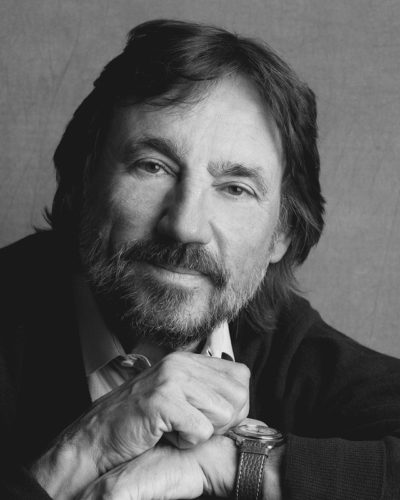Vilmos Zsigmond (Vilmos Zsigmond)

Vilmos Zsigmond was born in Szeged, Hungary, the son of Bozena (née Illichman), an administrator, and Vilmos Zsigmond, a celebrated soccer player and coach. He studied cinema at the Academy of Drama and Film in Budapest. He received an MA in cinematography. He worked for five years in a Budapest feature film studio becoming “director of photography.” Together with his friend and fellow student László Kovács, he chronicled the events of the 1956 Hungarian Revolution in Budapest on thirty thousand feet of film and then escaped to Austria shortly afterwards. This early chapter of his professional life, with some of their footage of the revolution, constitutes the opening segment of the bio-documentary by PBS’s Independent Lens (2009) called No Subtitles Necessary: Laszlo & Vilmos. In 1962, he became a naturalized citizen of the United States. He settled in Los Angeles and worked in photo labs as a technician and photographer. During the 1960s, he worked on many low-budget independent films and educational films, as he attempted to break into the film industry. Some of the films that he worked on during this period credited him as “William Zsigmond,” including the classic horror B-Film, The Incredibly Strange Creatures Who Stopped Living and Became Mixed-Up Zombies. The first film he worked on in the United States was The Sadist, starring Arch Hall, Jr. In 1964 working with a favorite crew which included László Kovács, Jim Enochs, and Ernie Reed, Vilmos shot the European style, neo-noir, black and white film Summer Children (aka A Hot Summer Game) which has recently been fully restored digitally for DVD release.
Vilmos Zsigmond gained prominence during the 1970s after being hired by Robert Altman as cinematographer for McCabe & Mrs. Miller. Subsequent major films he shot include Altman’s The Long Goodbye, John Boorman’s Deliverance and Steven Spielberg’s The Sugarland Express and Close Encounters of the Third Kind, the latter of which won him the Academy Award for Best Cinematography. Zsigmond worked with Brian De Palma on Obsession, Blow Out, The Bonfire of the Vanities, and The Black Dahlia, with Michael Cimino on The Deer Hunter and Heaven’s Gate, with Richard Donner on Maverick and Assassins, with Kevin Smith on Jersey Girl, with George Miller on The Witches Of Eastwick, with Mark Rydell on Cinderella Liberty, The Rose, The River, and Intersection, and with Woody Allen on Melinda and Melinda, Cassandra’s Dream, and You Will Meet a Tall Dark Stranger. In 1974, Vilmos Zsigmond was dismissed as DP on the Barbra Streisand musical Funny Lady, released in 1975. Columbia executives—not Streisand or director Herbert Ross—felt his style (although patterned after 1930s musical cabaret, accurate for the period of the film) was too dark. He was replaced by veteran cinematographer, James Wong Howe.
Vilmos Zsigmond was a longtime user and endorser of Tiffen filters, and is also associated with the technique known as ‘flashing’ or ‘pre-fogging’. This involves carefully exposing the film negative to a small, controlled amount of light in order to create a muted colour palette, pioneered by cinematographer Freddie Young on the 1966 film The Deadly Affair. In 2012, Zsigmond along with Yuri Neyman, ASC co-founded Global Cinematography Institute in Los Angeles, CA with the mission to educate cinematographers, and to preserve and extend the role of the cinematographer as the major expert and contributor in the image building process in all current and future variations of the complex mix of artistry and technology. On January 1, 2016, Zsigmond died at his home in Big Sur, California at age 85.
Born
- June, 16, 1930
- Szeged, Hungary
Died
- January, 01, 2016
- USA
- Big Sur, California



